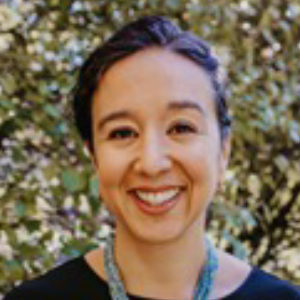In sharp contrast to the sea surface, continental land surfaces experience periods of dryness. During these periods, sensible heat fluxes increase, affecting the lower boundary layer and the atmosphere above. In this presentation I will show how land surface dryness can affect atmospheric circulation and low-level moisture transport over the Americas.

Francina Dominquez,
University of Illinois
Low-level jets (LLJs) bring moisture for precipitation to many parts of North and South America. These are also some of the most important agricultural regions on Earth. Over North America, we analyze Great Plains Low-Level Jet (GPLLJ) events using ECMWF Reanalysis v5 wind data. Composites of antecedent daily soil moisture anomalies reveal a preference for extreme GPLLJs to occur over anomalously dry soil. The location of the antecedent soil moisture anomalies corresponds with the eventual GPLLJ. Critically, antecedent soil moisture anomalies emerge weeks before the extreme jet occurrence. Similarly, over South America we use remote sensing observations and a global climate model to show that antecedent dry soil moisture anomalies over northwestern Argentina induce a thermal low which affects the winds, moisture fluxes and precipitation over central Argentina. These effects occur a month after the soil moisture anomalies emerge.
The implication of this work is that antecedent (~1 month) soil moisture conditions can provide information about the probability of intense moisture transport and precipitation. The spatiotemporal characteristic of these antecedent anomalies suggests the potential for improved hydroclimate prediction for some of the most important agricultural regions in the world.
Francina Dominguez is a professor and associate head of the Department of Climate, Meteorology and Atmospheric Sciences (CliMAS) at the University of Illinois. Prof. Dominguez has a background in civil engineering and more than fifteen years as faculty in atmospheric sciences. She has been editor of the Journal of Hydrometeorology and Co-Chair of the Global Energy and Water Exchanges (GEWEX) Hydroclimatology Panel.
As a hydroclimatologist, Prof. Dominguez’ work is focused on the interactions between the land and the atmosphere, and more specifically, on changes in hydrology and climate due to human modification of the land surface and greenhouse gas emissions. Dr. Dominguez has received the American Meteorological Society’s Henry G. Houghton Award, the 2019 Ascent Award from the American Geophysical Union, and the 2022 Robert E. Horton Lecturer in Hydrology by the American Meteorological Society.